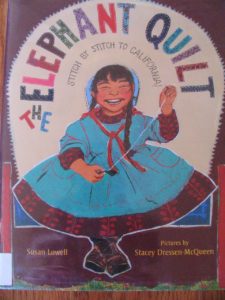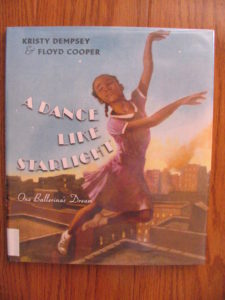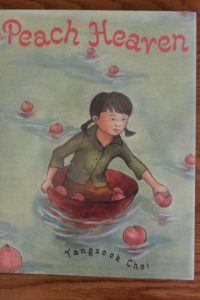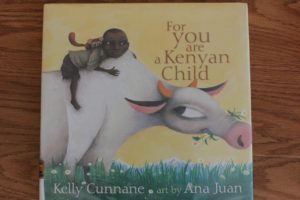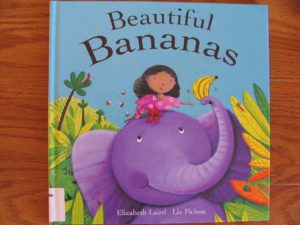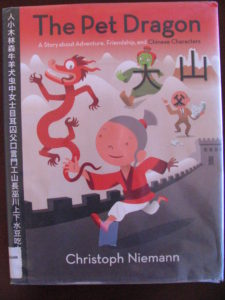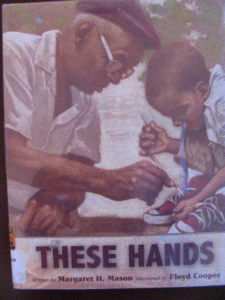By Michelle Lord, Illustrated by Felicia Hoshino (Lee & Low Books Inc. – 2006)
In the early 1900’s, Little Sap, a young girl from the rice fields of Cambodia, wins a coveted place in the royal dance troop and she learns the steps so well. With their Cambodian King and Princess the dance troop board a big ship to perform in Paris. Little Sap is noticed by the famous artist, Auguste Rodin, who rewards her with a special prize. A foreword and an author’s note give additional information about the history of Cambodia, Khmer dance, and Auguste Rodin.

1900年代の初め、カンボジアの農村で育った少女リトルSapは、幸運なことに王宮舞踊団に選ばれ、一生懸命で踊りを練習した。カンボジア王や王女と共に一行は大きな船に乗って、パリでの公演に出かけた。リトルSapは、有名な芸術家ロダンに認められ、特別な褒美を彼からもらった。前書きと著者の解説で、カンボジアの歴史、クメール舞踊、オーギュスト・ロダンについてより詳しく語られている。

